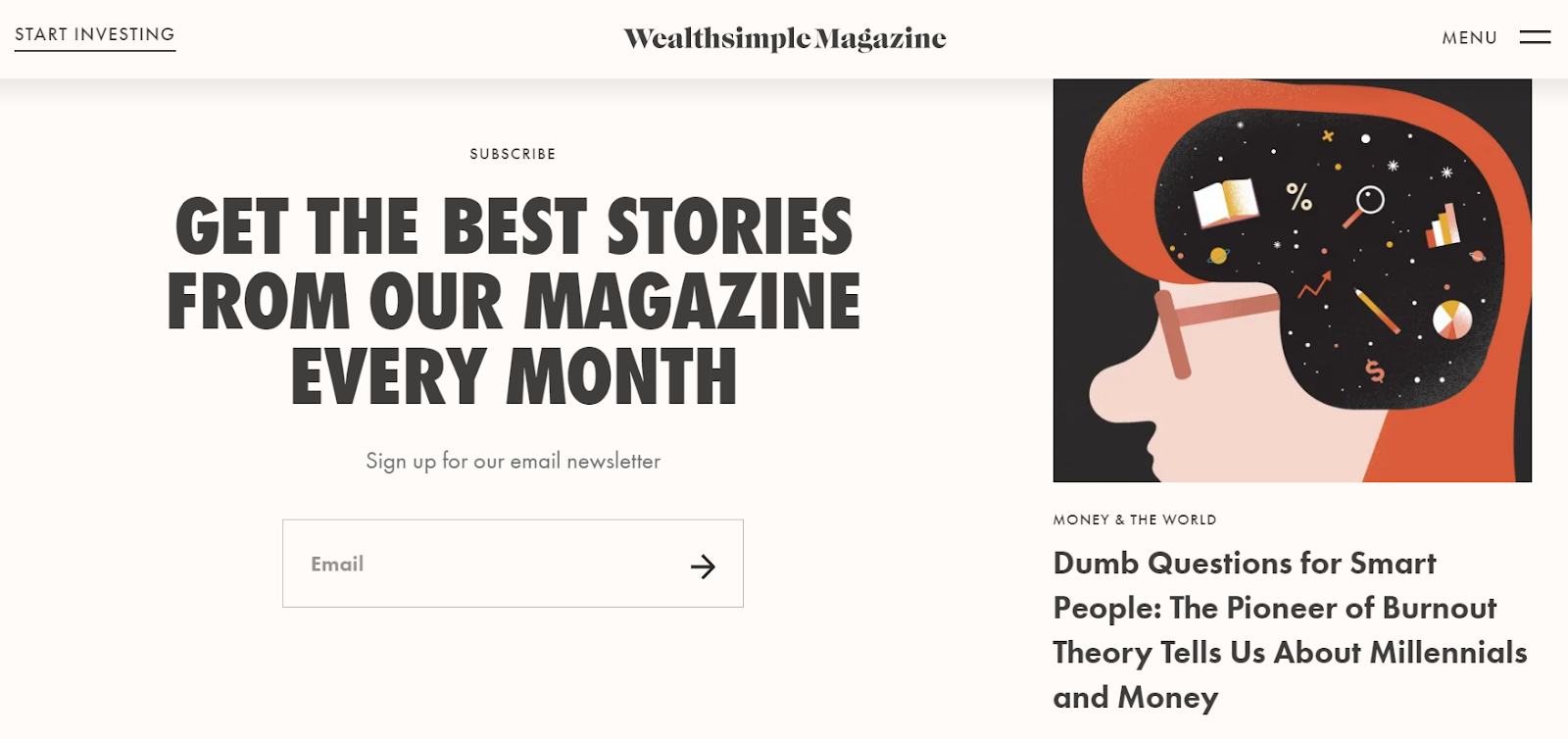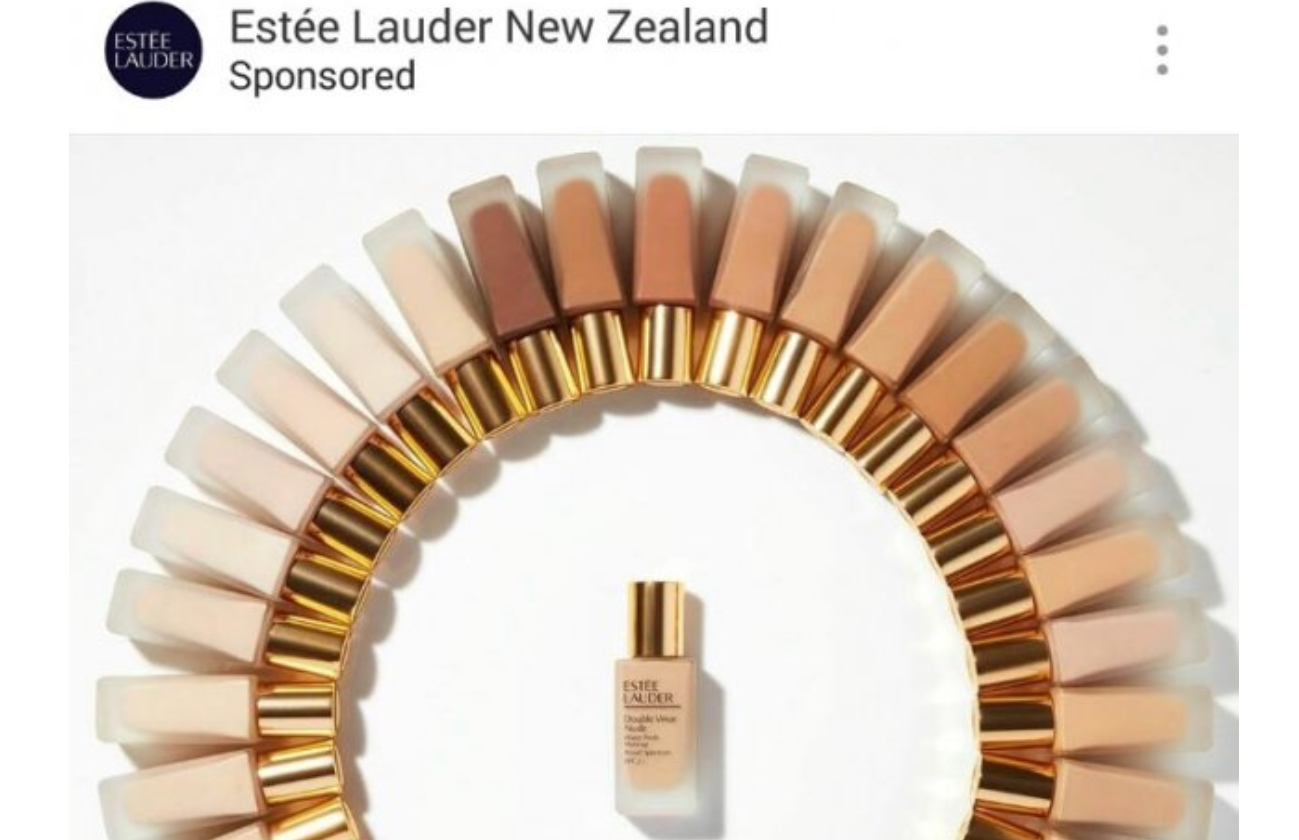November 24th. Seventeen hundred hours. The TV is off.
Boris is yet to indulge in another mind-numbing speech about the future of the three-tier system…
But – there are more pressing matters to attend to.
You know the drill, Tuesday equals games night. And Hum That Tune is about to see the greatest showdown for the 112th time. This time… We. Mean. Business.
We’ve all been there. Perfecting our jazz standards, mastering the key change and that high-note under our breaths, only to get 20 gruelling seconds in, and be met with the sound of silence. (Not the Simon & Garfunkel hit.)
No-one leaping out of their seat to guess that tune you so carefully practised. It couldn’t be more obvious. Right?
Wrong.
While you might know that tune inside-out, there’s no guarantee your audience will. In fact, according to research, cognitive bias means it can feel impossible to understand how someone else can’t see what we believe to be so obvious. And it’s not simply down to arrogance or being a smart-ass, it’s a real intellectual phenomenon, otherwise known as…
So… What does it do?
Coined by behavioural economists George Freud Lowenstein and Colin Farrel Camerer, the concept of cognitive bias has been demonstrated over and over again through recognition experiments. Such as the one by Elizabeth Newton at Stanford University in 1990.
The experiment saw participants assigned to one of two roles – a “tapper” or a “listener”, whereby tappers were asked to tap out the rhythm of a well-known song (“Happy Birthday”) onto a table, and the listener was asked to guess the song.
Just like with Hum That Tune, tappers predicted 50% of their listeners would recognise their allocated song, only to be bitterly disappointed. Only 2.5% guessed the tune correctly. As the Harvard Business Review put it, “When a tapper taps, it is impossible for her to avoid hearing the tune playing along to her taps. Meanwhile, all the listener can hear is a kind of bizarre Morse code.”
See communication is a two-way street, and while something may seem obvious to some, the expression of ideas doesn’t always translate successfully. And this affects all matters of communication, importantly, the advertising world.
We’ve all seen ads that didn’t hit the mark, or simply crossed the line right?
Marketers, this is your time to take note.
Just like Hum That Tune, what you may know about a product is insider information, not always general consensus. It’s important not to get too confident or see your knowledge as a given.
As Chip and Dan Heath say in Made To Stick, how you deliver that information (tune, advert, campaign or otherwise) must be clear as day, emotionally relatable, and attention-grabbing. Or it’ll only receive confusion, disconnection, or silence. Your information needs to bypass cognitive bias and stick (to your audience).
So how do you make sure marketing messages are sticky?
The Secret to Sticky Marketing
6 traits of SUCCES (according to the Heath brothers):
- Simple: Get down to basics. Highlight the single most important idea. Strip things back. Don’t overwhelm with choices or info-overload. Use everyday language. Get to the point.
- Unexpected: The curiosity gap occurs when you surprise your audience with the extra-ordinary. Pique their interest with bold, specific, novel information or statistics, that will build curiosity and intrigue. And make them want more.
- Concrete: Create concrete images, explain things in ways that are easy to grasp: that speak to concrete pre-existing ideals, thoughts, fables, or sensory experiences. Appeal to what is relatable & recognisable, don’t alienate your audience with words/concepts that are abstract or technical. (Even if you’re marketing a tech product.)
- Credible: Your ideas need internal credibility and authority to make your messaging insightful and memorable. I.e. Statistics, specificity, Voice of Customer quotes and reviews, testable credentials – if you make a statement, make sure your audience can verify it’s true for themselves. Back. It. Up.
- Emotions: Appeal to what your audience cares about, their pain points, self-esteem, aspirations, or self-interest.
- Stories: Tell a story that sounds familiar and therefore resonates intuitively. The underdog plot, the human connection tale, the story of the overcoming obstacles, the breakthrough idea memoir etc.
Remember, that the key here is to be as clear as possible, with every word, and any imagery. While storytelling is an age-old vehicle for educational insights, advice, and idea-sharing, being overly cryptic or elusive will lose your audience’s attention. Quick.
Even when language is shared, meanings and interpretations can get lost in translation, so your messaging must be mutually understood to avoid any blunders.
Avoiding The Strictly Curse
They say love is blind. And being too close to a product may mean some oversight… So, where might a marketer go wrong…?
1# In your Keyword Research
- Using words that are too niche or too broad to match your audience’s search words
- Only using 1 keyword: limiting the options for visibility
“Without finding the right keywords (or subjects) to write about on your website, all of your content efforts might fail… keyword phrases that are being used by your target audience has dramatically changed over the years… Marketers are now required to primarily focus on contextual relevancy.” – Neil Patel
Try this instead:
- Focus on search intent: People search google for information (informational intent), a specific website (navigational intent) or to make a purchase (commercial or transactional intent). Your keywords should be shaped by the language your customers would ACTUALLY use to get their desired results. TIP: TALK LIKE THEM.
Try variations on your keywords, there are many ways to search for one thing. What would your audience search if they were not solution-aware or product-aware?
2# Using jargon in B2B
- Listing technical features and specifications, assuming your customer understands their meaning
- Using overly scientific, dense language or sounding too clever
Try this instead:
- Focus on the BENEFITS of your product/service and how they will solve your customer’s pain points, improve their lifestyle, help them achieve goals etc. As we said earlier, appeal to their emotions and self-interest. It works.
- Simplify your language: Avoid confusing, patronising, alienating or boring your customers. AND the same goes for your co-workers in any internal comms. (Please.)
- Be human. Simple, right? Sprinkle in some human emotion, wit, empathy, relatability.
Take a look at Wealth Simple’s humorous take on the subject of money “Dumb Questions for Smart People”:
3# Poor UX Design
- A clunky interface that’s tricky to navigate and has too much/not enough text. What looks clear and obvious to you may be confusing to the non-tech-savvy or the non digitally-native.
Try this instead:
- A/B testing: Split test different website versions and gather feedback from customers on which they preferred. Ask them how you could improve too!
4# Campaign Faux Pas
- Impersonal campaigns or marketing messaging that fails to see your customer as an individual and address their specific lifestyles and pain points. TIP: Don’t be generic or vague. Get real and get personal.
- Insensitive advertising that doesn’t show awareness of your audience’s social/cultural/economic reality
Try this instead:
- In the words of Beyonce ‘Listen’… Yep, it’s all in the Social Listening.
Listen out for social trends, cultural shifts, current affairs, patterns and habits – anything that could shape your audience’s beliefs and preferences towards your product and the wider industry. It’s important that your campaigns are socially-aware, representative and sensitive to your audience’s reality. Not your assumptions of their reality. TIP: NEVER ASSUME, ALWAYS RESEARCH. - Voice of Customer Research: Gather real data from reviews, questionnaires, focus groups, interviews and representative User/Buyer Personas. Include research quotes into your marketing. Remember, customers, trust other customers.
- Monitor Campaigns: Use mockup tools and engagement trackers like Hotjar or Mouseflow to make sure your marketing efforts are achieving desired results and driving the right action. #ConversionRates #ROI
For example, here’s a campaign faux pas that could have been avoided with the above:
In 2018, Cosmetics giant Estee Lauder came under fire for releasing their Double Wear Nude Water Fresh Makeup SPF25 range that included 30 shades, few of which catered to darker skin tones. The campaign raised questions on the giant company’s relevance and reputation, as they failed to be inclusive and cater to all skin tones.
But, what could marketers have done to avoid this?
- Pre-product development market research,
- Social listening
- Customer focus groups
- A/B testing social messaging
- Social listening across all social platforms and awareness of shifts in industry behaviour
- Monitoring campaigns…
Perhaps, here, the brand’s assumption of a wide audience and global status affected their insights – i.e. the curse of knowledge. Remember your brand reputation is crucial, and blunders big or small can impact your customer’s perception of you almost irreversibly.
But all is not lost, once you’re aware of cognitive bias, you can work with your team to be sure your marketing efforts are not in vain.
After all, there is a light that never goes out.
Final Thoughts
Now you know that despite your knowledge of the great jazz standards, The Hum That Tune Showdown No. 113 may not be an X-Factor success.
But – at least you know it’s not down to your poor humming efforts and is in fact down to the curse of knowledge.
Next time you assume someone must know what you’re marketing, campaigning (or humming) about, think twice. The curse of knowledge may just blur your vision.
Good Luck!
Luena x


